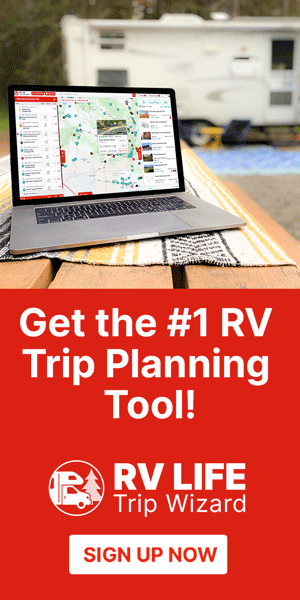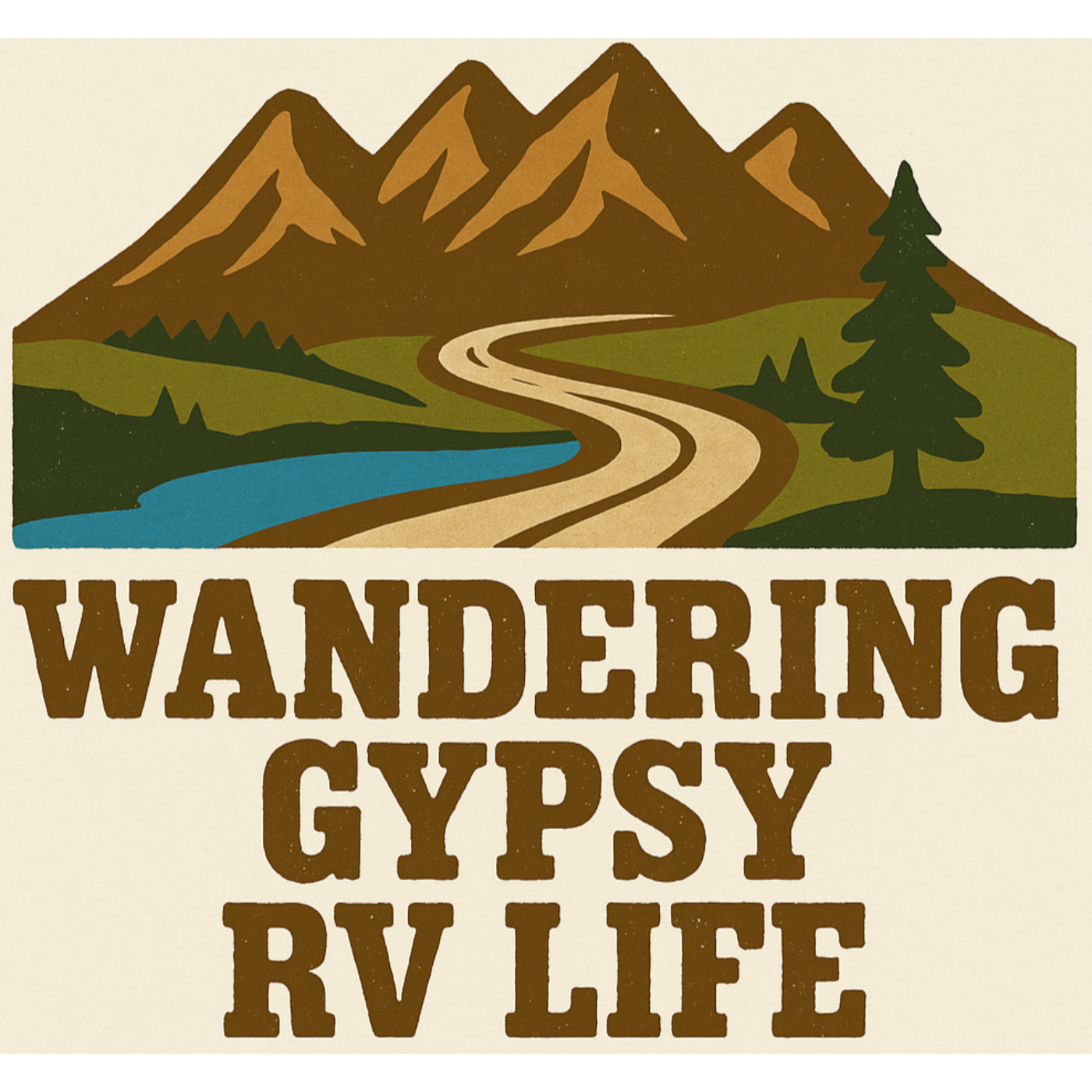Life on the road teaches you things—whether you’re hauling horses between rodeos or cruising toward Yellowstone in a 34-foot Tiffin Allegro Open Road. And if there’s one lesson that’s stuck with me from both lifestyles, it’s this:
Preparation is everything.

Back in my 20s, I rodeoed across the country. Those long-haul drives between dusty arenas were where you really learned what the road was made of—and what you were made of, too. I wasn’t chasing trophies, but I was chasing the next ride, the next rodeo, the next chapter.
What I didn’t count on? All the breakdowns in between.
Roadside Lessons from the Rodeo Days

I’ve had flats outside Amarillo, a radiator hose blow just shy of Dodge City in 105-degree heat, and more “pull-over-now” moments than I care to count. When you’re hauling livestock or heavy gear, breakdowns aren’t just inconvenient—they’re dangerous. And lonely two-lane highways at 2:00 AM? Let’s say they give you a lot of time to think.
Fast forward to today, and while the bulls and broncs have been replaced with rallies and campgrounds, the fundamentals haven’t changed. Whether I’m heading to Cheyenne Frontier Days or navigating the curves of Yellowstone National Park, I still rely on the same two things to keep my rig rolling smoothly:
1. A Tire Pressure Monitoring System (TPMS)
Think of a TPMS as your rig’s early warning system. It monitors your tires’ pressure and temperature in real-time, warning you before disaster strikes.
I personally use the Road Tech TPMS from TechnoRV, and it’s saved me more times than I can count. If you’re hauling a trailer, livestock, or just living the RV life like me, you owe it to yourself—and your wallet—to install one.
You can monitor up to 10 or more tires, depending on your setup, and avoid those “side of I-40 in your Sunday jeans” blowouts. Trust me… been there.
👉 Check it out here:
🔗 Road Tech TPMS on TechnoRV.com
2. An RV-Specific GPS
Sure, Google Maps will get you to the grocery store—but it won’t tell you about low clearance bridges, propane restrictions, or tight turns that your 40-foot rig has no business navigating.
An RV GPS takes into account your height, weight, and travel needs. I’ve avoided more than one road that would’ve turned into a dead-end detour (looking at you, East Tulsa). This is a game-changer for RVers and rodeo rigs alike.
Rodeo Life vs. RV Life: They’re More Alike Than You Think
Both lifestyles are rooted in freedom, long drives, and unforgettable stories. You meet people from every walk of life. You fix stuff on the fly. You learn from the road—and sometimes, you learn the hard way.
But one thing is true, no matter what you drive:
The road is a lot more enjoyable when you’re not broken down on the side of it.
Final Thoughts
Whether you’re chasing barrels, chasing sunsets, or just chasing some peace and quiet in the great outdoors—don’t leave your safety and sanity to chance.
🔧 Get a TPMS
🗺️ Use an RV GPS
☕ And keep the coffee hot
Because if there’s one thing I’ve learned, it’s that not all who wander are lost… but the ones who are unprepared might be stranded.
🎧 Listen to the full podcast episode:
“From Rodeos to RV Roads” – Wandering Gypsy RV Life Podcast
Available on RSS or wherever you get your podcasts.
Until next time, watch your tires, watch your route, and keep your coffee hot.



















































